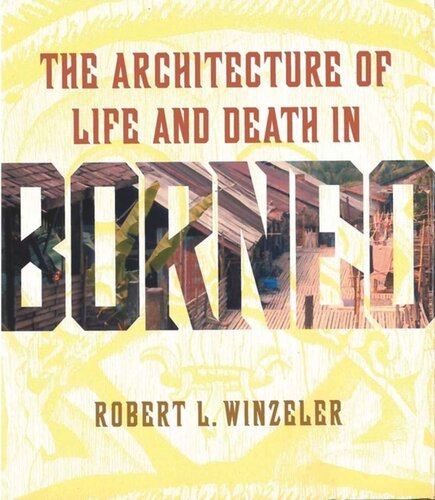

Most ebook files are in PDF format, so you can easily read them using various software such as Foxit Reader or directly on the Google Chrome browser.
Some ebook files are released by publishers in other formats such as .awz, .mobi, .epub, .fb2, etc. You may need to install specific software to read these formats on mobile/PC, such as Calibre.
Please read the tutorial at this link: https://ebookbell.com/faq
We offer FREE conversion to the popular formats you request; however, this may take some time. Therefore, right after payment, please email us, and we will try to provide the service as quickly as possible.
For some exceptional file formats or broken links (if any), please refrain from opening any disputes. Instead, email us first, and we will try to assist within a maximum of 6 hours.
EbookBell Team

4.4
12 reviewsAmong Borneo's spectacular indigenous buildings, the longhouses, mortuary monuments, and other architectural forms of the interior are some of the most outstanding, and much of the renewed interest in indigenous architecture has focused on the rapidly vanishing or now extinct traditional forms of a small number of surviving examples or recreations. Drawing on the author's extensive research and travel in Borneo, this impressive and original study offers a more comprehensive account of this architecture than any previous work.
Organized into two sections, the book first documents and explains traditional built forms in terms of tools and materials, the environmental context, village organization, and social arrangements. This section includes a full discussion of architecture designs and symbolism, especially those dealing with life and death. The author next looks at the destruction or transformation of traditional architecture based on a number of interrelated developments, including religious conversion, Western influence, internal migration, and logging, as well as governmental attitudes and efforts. The book concludes with a discussion of recent efforts to document and preserve traditional structures and turn indigenous as well as colonial architecture into history and heritage.